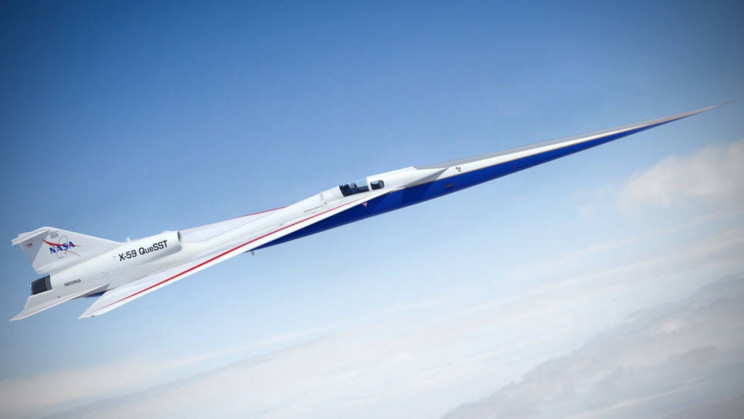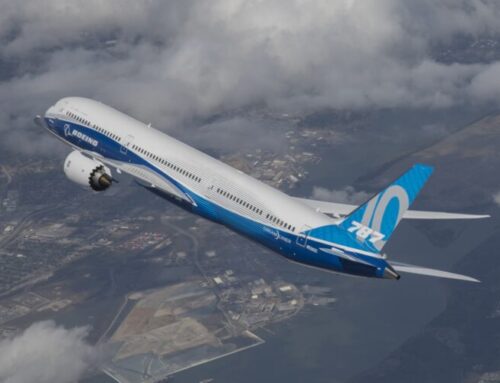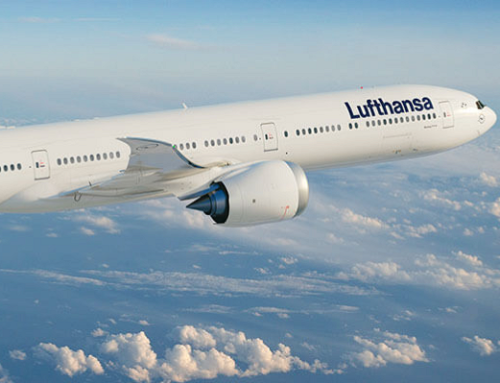
NASA, in collaboration with Lockheed Martin, is poised to unveil the innovative X-59 Quiet SuperSonic Technology (Quesst) jet, a groundbreaking supersonic aircraft designed to break the sound barrier with significantly reduced noise levels. This high-tech jet, aimed at transforming supersonic travel, will be introduced to the public on January 12 through a livestream event.
Constructed at Lockheed Martin’s advanced “Skunk Works” facility in Palmdale, California, the X-59 Quesst has been under development since 2019. Its unique design focuses on minimizing the loud sonic booms typically associated with supersonic flight, reducing them to a gentle “thump,” akin to a car door closing. This technology could revolutionize regulations surrounding supersonic flight over populated areas, which are currently restricted due to the disruptive nature of sonic booms.

The grand reveal of the X-59, sporting its final livery of red, white, and blue, will be showcased on Friday, Jan. 12, at 4 p.m. EST (2100 GMT). NASA will host this event as a free livestream, accessible on Space.com courtesy of NASA, or via NASA+ and NASA TV. Additionally, NASA is encouraging public engagement by inviting people to host watch parties, offering printable invites and free STEM toolkits for educators. Watch Livestream: https://www.space.com/nasa-x-59-quiet-supersonic-jet-rollout-livestream
Previously rolled out in August 2023 for a sneak peek before its paint job, the X-59’s striking design and unique geometry, including its lengthy, beak-like nose section, were prominently displayed. This 38-foot (11.5 meters) nose section plays a critical role in shaping the shock waves during flight, contributing to the aircraft’s quieter sonic signature, as outlined in a NASA statement from 2021.
One notable feature of the X-59 is its lack of a forward windscreen, presenting a unique challenge for pilots. To compensate, NASA has developed the External Vision System (XVS), which combines a forward-facing camera, a cockpit display, and specialized image processing software. This system generates an augmented reality view for pilots, blending real-world visuals with essential flight data.
The X-59, measuring 99.7 feet (30 meters) in length and 29.5 feet (9 meters) in width, is engineered to achieve speeds of Mach 1.4, or 925 mph (1489 kph), at an altitude of 55,000 feet (16,764 meters). Equipped with a powerful General Electric Aviation engine, the aircraft is set to initiate a comprehensive research campaign post-launch. During this campaign, the X-59 will fly over select residential areas to gather data on community responses to its quieter sonic booms.
NASA intends to use the insights gained from these flights to advocate for the approval of commercial supersonic travel with regulatory bodies like the Federal Aviation Administration, potentially heralding a new era in faster, quieter air travel.
More X-59 news: https://www.airguide.info/?s=X-59
Sources: AirGuide Business airguide.info, bing.com, space.com







